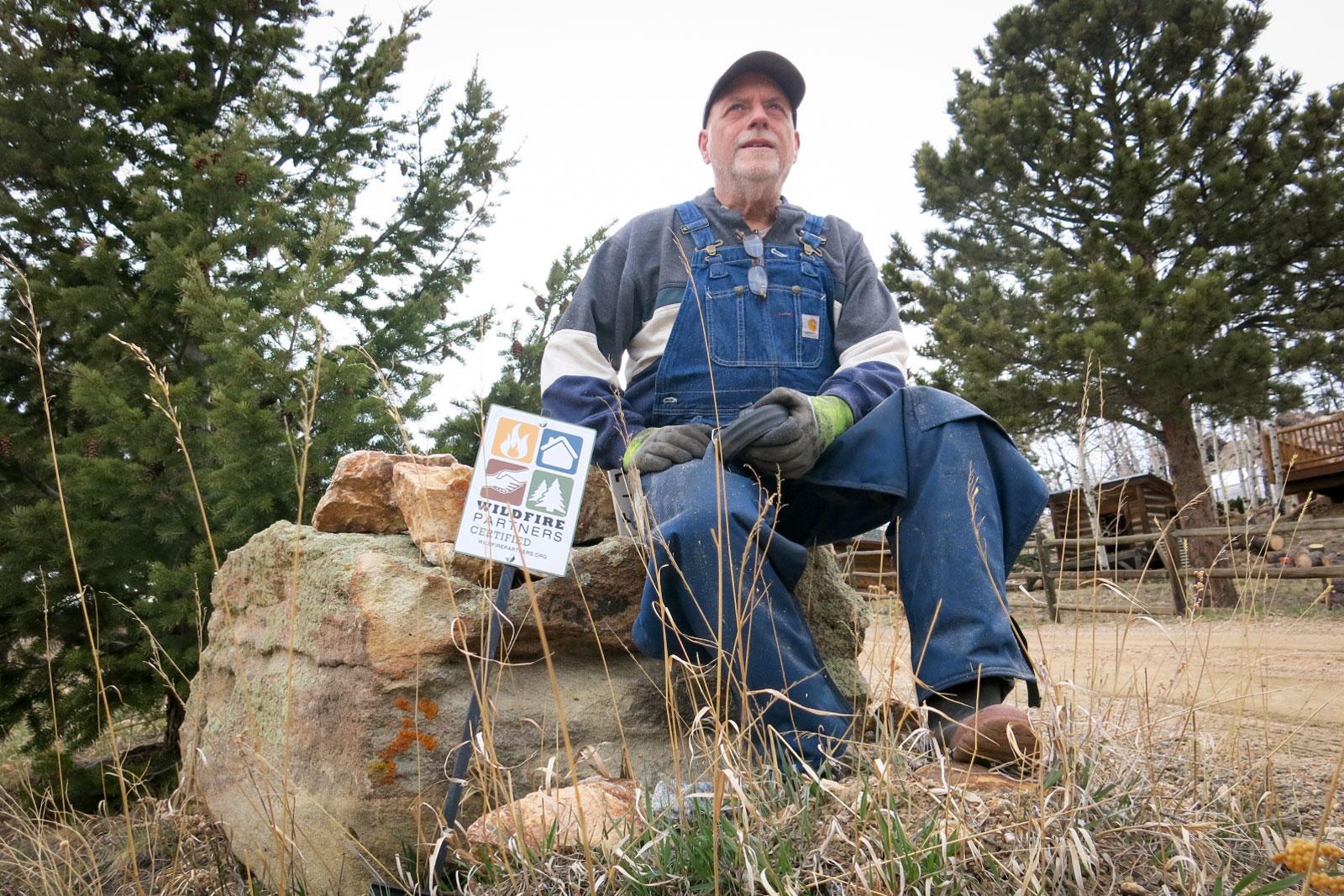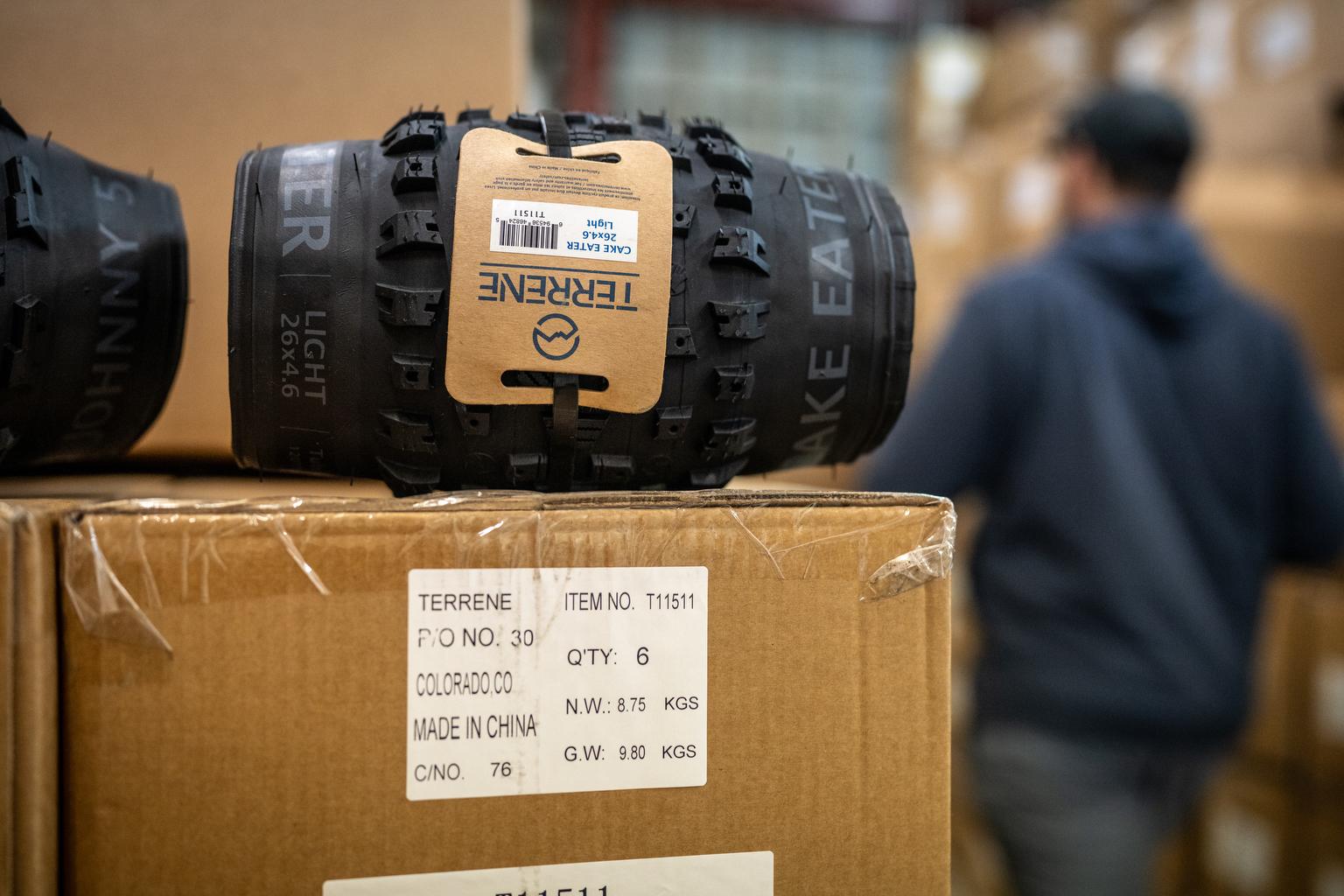

Colorado wildfire officials are bracing for an active season. That includes the recent human-sparked 117 Wildfire in El Paso County, which destroyed as many as 23 homes and burned nearly 43,000 acres.
As the state braces for May, long considered the start to Colorado’s wildfire season, first responders, the insurance industry and government officials are warning homeowners to not be complacent.
“Making sure that individual homeowners, property owners of all kinds, that they’re aware, they’re paying attention and they’re exercising the common-sense fire precautions necessary, that’s got to be Priority No. 1,” said Gov. John Hickenlooper at an April news conference in advance of the season.
The governor said people who live in the rural foothills need to closely follow fire restrictions and bans. Another directive between fire managers and homeowners are instructions to remove fire hazards on their land and create defensible space around homes. An estimated 228,000 Colorado homes face extreme to moderate wildfire risk, according to a 2016 Core Logic Report.
NOW: @GovofCO talking #wildfire season 2018: "we're about 63 percent of normal snowpack in SE Colorado....This would suggest a heightened fire awareness." pic.twitter.com/diWW0GB303
“The trick is it’s not done once...There’s a maintenance aspect of it” said Mike Lester, director of the Colorado State Forest Service. “Plus, if you’re the only one who does defensible space and your neighbor doesn’t, it’s really not that effective. It’s important that a community get involved and do defensible space.”
A Checklist Is Not Enough
It’s been five years since Colorado’s devastating Black Forest Fire, which destroyed more than 500 homes near Colorado Springs.
Lester said as catastrophic wildfires fade from memory, he’s dispatching his staff to talk to homeowners associations and communities. “If you can talk one to many, you can get a lot more done,” Lester said.
Among the Forest Service’s recommendations:
- Thin standing trees within 100 to 200 feet of all structures.
- Mow standing grass to less than six inches on property.
- Remove flammable vegetation within 15 feet of homes, including decks.
In Boulder County, Wildfire Partners is taking a more customized approach.
Program Manager Jim Webster said a detailed plan for homeowners is the county’s key to successful fire prevention. Boulder has access to more than $2.5 million in grant money to pay for specialists to develop the work plans, and help county residents defray the costs. Another carrot is that a Wildfire Partners certificate of completion boosts the likelihood that a home will be insured.
“It’s not enough to do one thing, or to have a checklist,” said Webster. “If a homeowner has a customized plan to know exactly what they need to do...that can really reduce the chance of that home igniting.”
For homeowner Lester Karplus, an early Wildfire Partners participant, the assessment translated into a 30-page work plan. Karplus started the work on his home outside of Nederland because “if you don’t take an active role in making the forests fire safe for your house, you’re gonna lose it.”
In 2016, after Karplus had completed about two-thirds of his detailed work plan, the Cold Springs Fire surrounded his home on all four sides. It burned half a dozen homes nearby — but not his.

“I can guarantee that if we had not done the work, we would not have a house today,” he said.
Today, his property looks like a moonscape. His goal is to clear any remaining vegetation and farm quinoa on the land.
“I think the future of our forest is now farmland,” he said.
The Home Insurance Puzzle
Another group closely watching Colorado’s wildfire season: the insurance industry. Carole Walker, Executive Director of the Rocky Mountain Insurance Information Association said Colorado already has the third fastest growth rate for home insurance across the country. Hail and wildfires have played roles in the uptick.
“The insurance industry is very very concerned about our dry conditions and the potential for devastating wildfire,” Walker said.
Almost all insurance carriers now require homeowners who live in the rural foothills to do some sort of wildfire mitigation on their land to get a policy. It’s a similar picture in California, which has faced several years of devastating wildfires. This relentless deluge of fire combined with other factors has resulted in insurers pulling out of the state’s insurance market.
“It’s become more frequent and it’s become more severe,” said Jerry Davies with the California Fire Safe Council, which offers grants to encourage homeowners and communities to perform wildfire mitigation.
“When you look at frequency and severity, that’s exactly the formula you can look for insurance companies that they use when they set rates, or when they decide they can no longer afford to sell insurance or provide insurance in these areas,” he said.
So could Colorado homeowners see the same insurance woes as California?
Carole Walker hopes not. She’s advocating for more wildfire prevention dollars for homeowners. She’s also working with aggressive mitigation programs like Wildfire Partners, and a similar effort started in Eagle County known as REALFire.
Walker likes the programs because they marry the mitigation requirements of insurance companies with the needs of local fire protection districts.
“What can we do together that works? I think it’s these types of programs with property assessments that work,” she said. “They’re not easy, they take funding... I think the big goal needs to be we need to put more money into prevention.”
Editor's Note: An earlier version of this story incorrectly referred to the Colorado State Forest Service as the state's forest program. This story has been updated to properly name the service.









